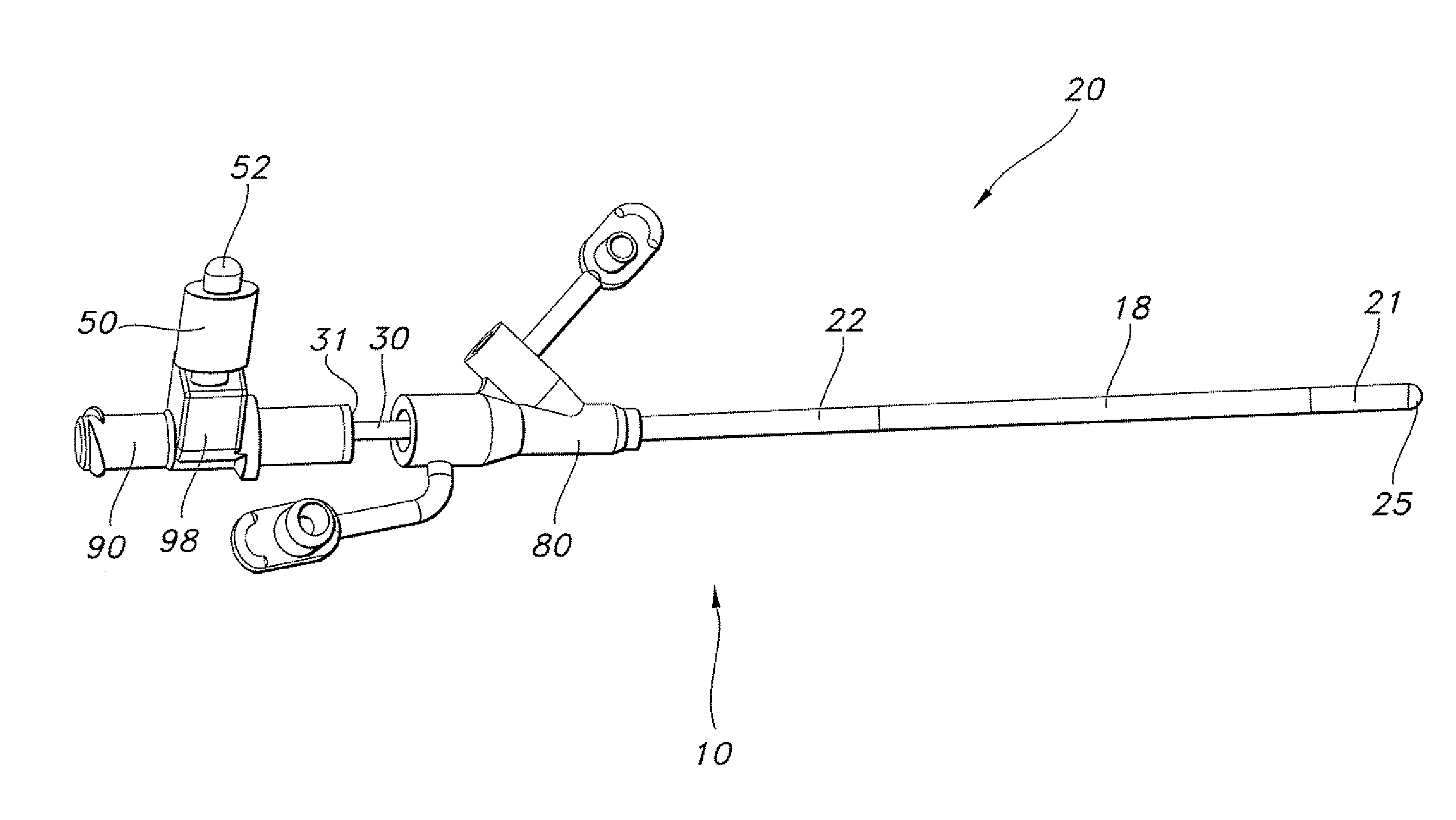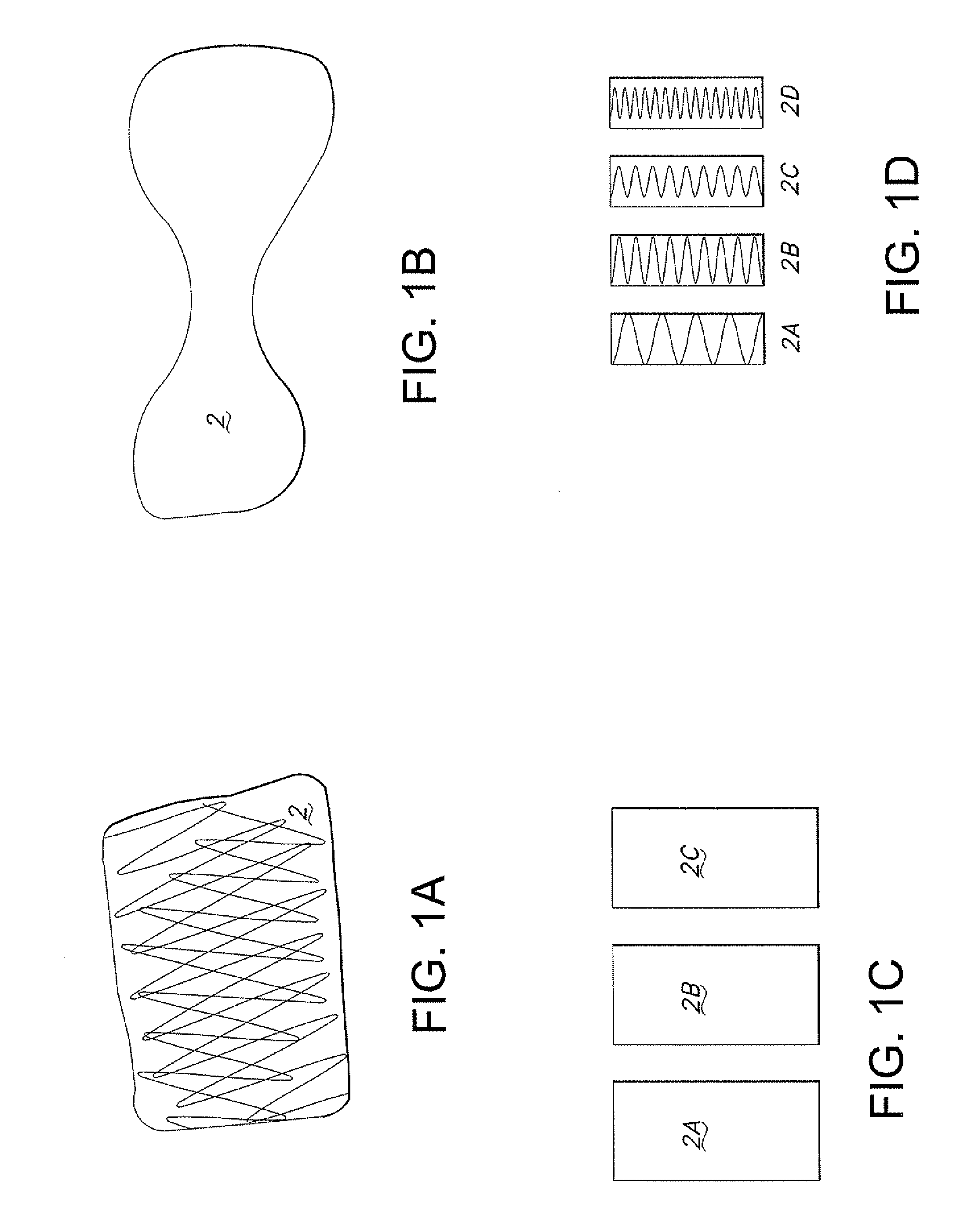Magnetic device for guiding catheter and method of use therefor
a magnetic device and catheter technology, applied in the field of magnetic devices for guiding catheters, can solve the problems of increasing the time, cost and inefficiency involved in this procedure, not having a design for feeding tubes to ensure the catheter's placement, etc., and achieve the effect of preventing the catheter from being inserted into the patient's lungs
- Summary
- Abstract
- Description
- Claims
- Application Information
AI Technical Summary
Benefits of technology
Problems solved by technology
Method used
Image
Examples
Embodiment Construction
I. External Magnet for Guiding Feeding Tube
[0018]One or more external magnets (2) (see e.g. FIGS. 1A-D) that are suitable for placement on a patient's neck may be used to guide a feeding tube through the esophagus by directing the distal tip of the feeding tube to the posterior wall of the esophagus.
[0019]A. Neck Brace or Collar
[0020]The one or more external magnets (2) may be located within a material that is designed to be placed on the neck, such as a neck brace or cervical collar (4). Any standard neck brace or cervical collar can be modified to contain one or more magnets. Optionally, the neck brace or cervical collar contains one or more pockets designed to contain one or more magnets. Optionally, the external magnet(s) are insertable into and removable from the neck brace or collar.
[0021]In one embodiment, the neck brace or collar is formed from a soft pliable material (see e.g. FIG. 2A). In another embodiment, the neck brace or collar is formed from a rigid plastic material ...
PUM
 Login to View More
Login to View More Abstract
Description
Claims
Application Information
 Login to View More
Login to View More - R&D
- Intellectual Property
- Life Sciences
- Materials
- Tech Scout
- Unparalleled Data Quality
- Higher Quality Content
- 60% Fewer Hallucinations
Browse by: Latest US Patents, China's latest patents, Technical Efficacy Thesaurus, Application Domain, Technology Topic, Popular Technical Reports.
© 2025 PatSnap. All rights reserved.Legal|Privacy policy|Modern Slavery Act Transparency Statement|Sitemap|About US| Contact US: help@patsnap.com



